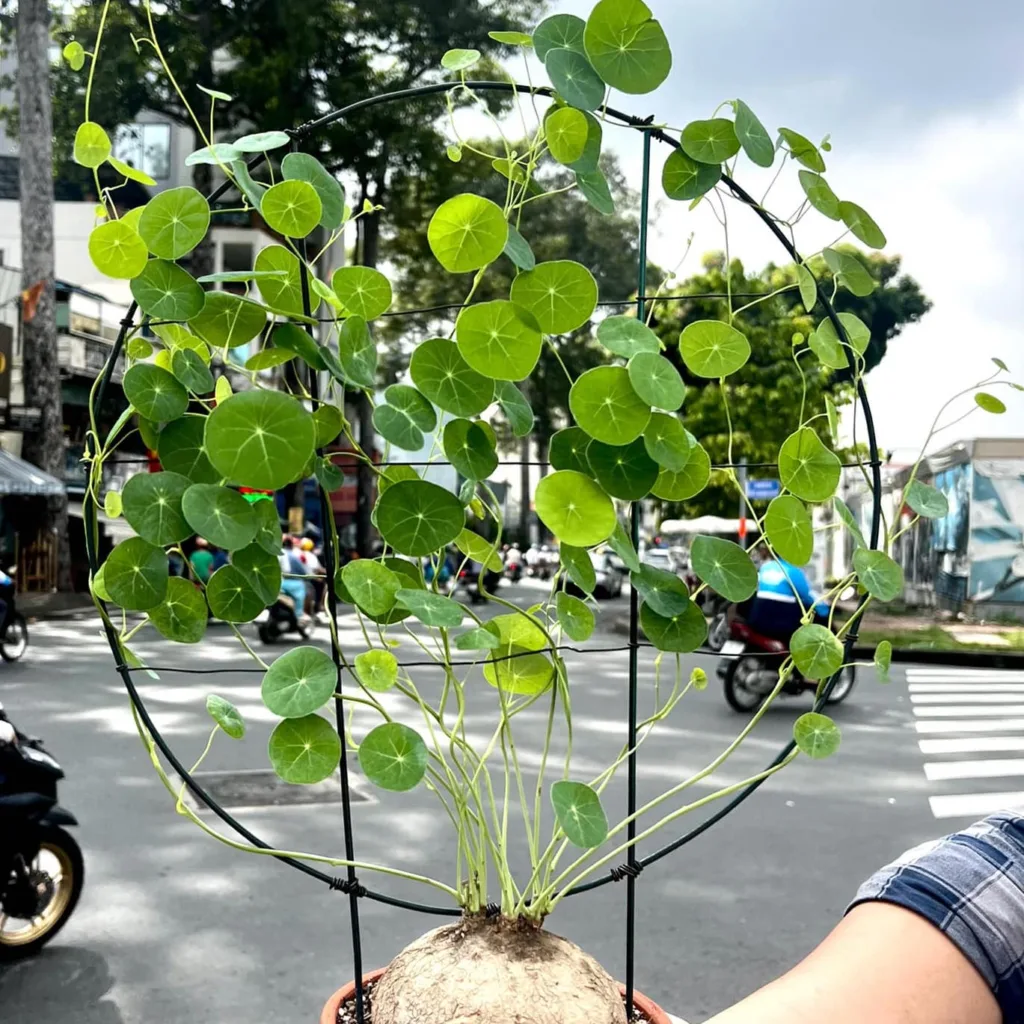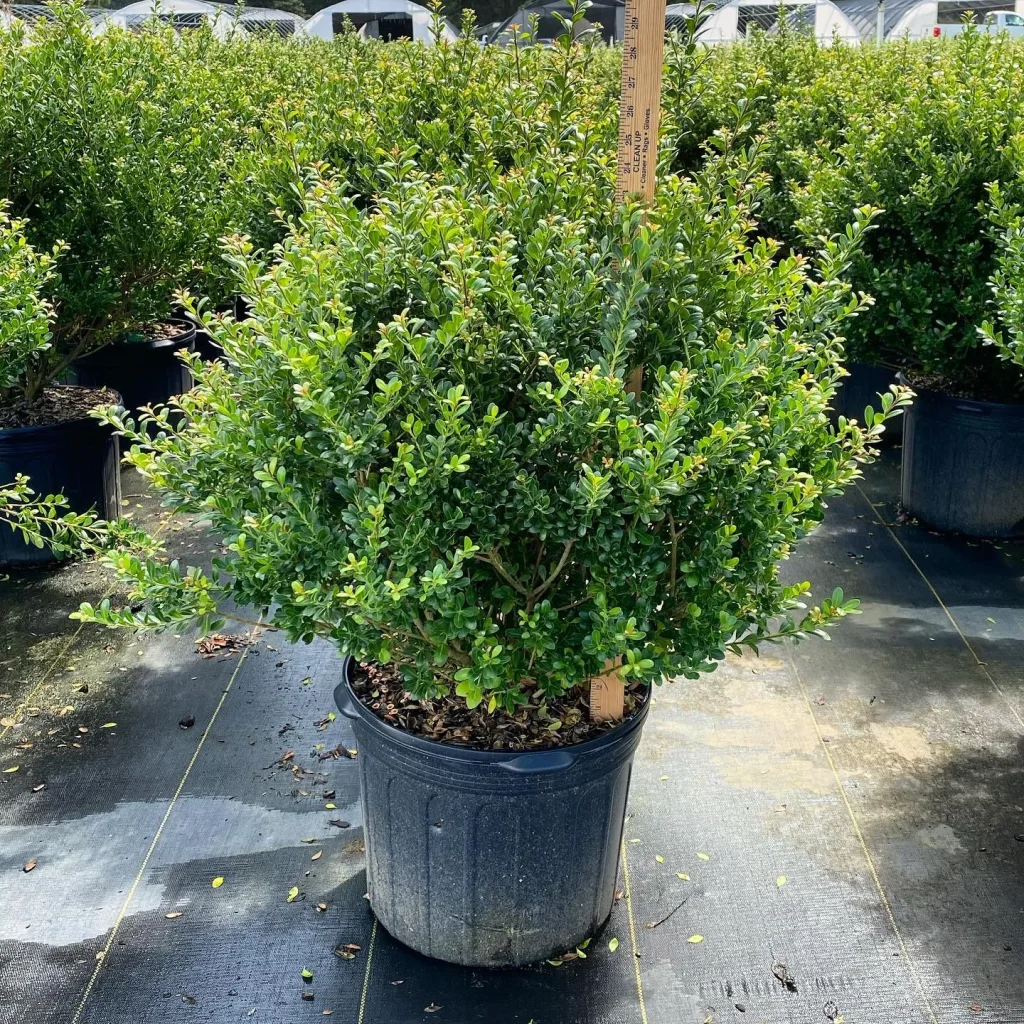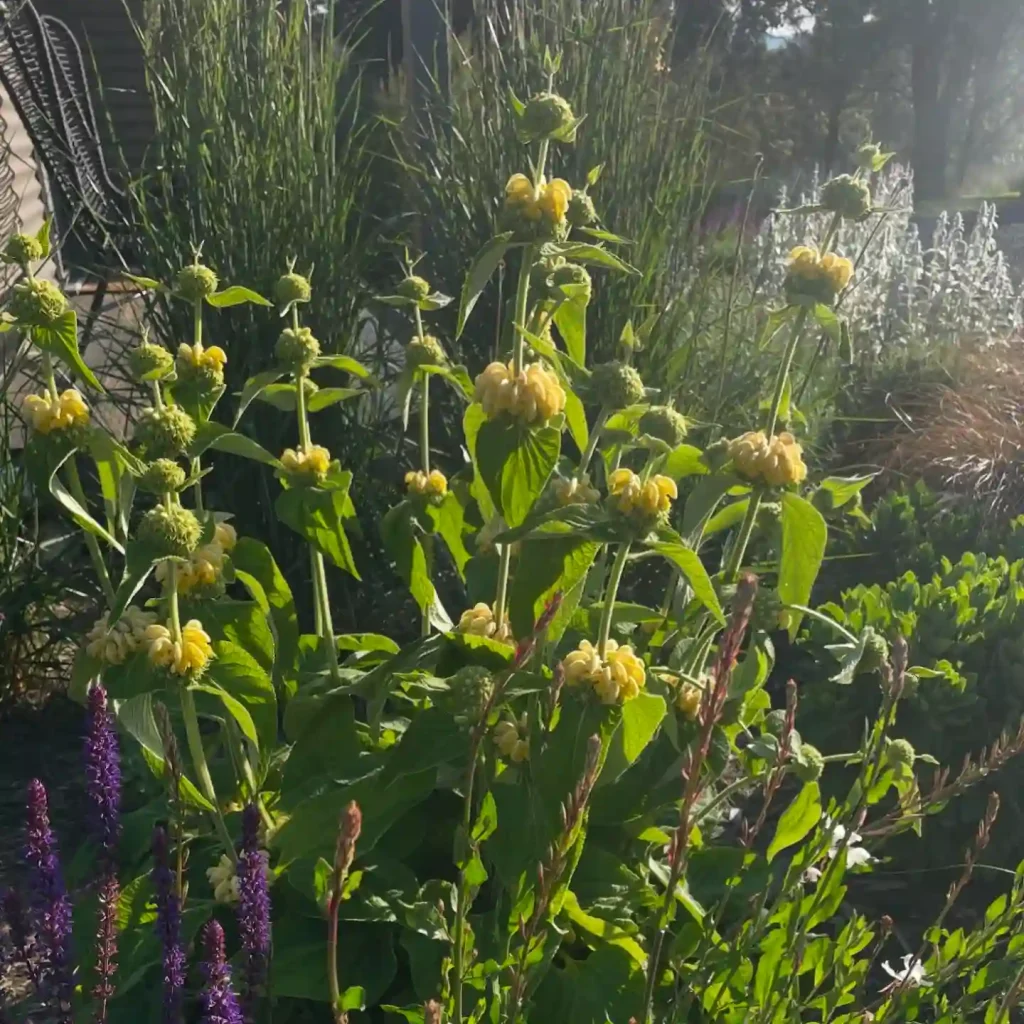Annonaceae: A Family Close to My Heart
Ferb Vu here, sharing my fascination with the Annonaceae family.
You see, I’ve always had a green thumb. As a young boy, my backyard was my laboratory. I would spend hours observing the intricate patterns of leaves, the vibrant colors of flowers, and the subtle fragrances they emitted. Among the many plant families that caught my eye, Annonaceae held a special place. It’s not just the scientific curiosity or the beauty of these plants. It’s also the memories they evoke, the stories they tell.
Let me take you on a journey through the world of Annonaceae, a family that has captivated botanists and nature enthusiasts for centuries.
The Essence of Annonaceae
Annonaceae, often referred to as the custard apple family, is a large family of flowering plants comprising over 2,000 species across 108 genera. These plants are primarily found in tropical and subtropical regions of the world, adding a splash of color and diversity to the lush landscapes. They are characterized by their simple, alternate leaves, often with a distinct aroma. The flowers, typically bisexual and fragrant, boast numerous stamens and carpels. The fruits, often aggregate, vary in shape, size, and flavor, but they all share a common trait: their fleshy, often edible pulp.
A Symphony of Genera
The Annonaceae family is a treasure trove of diversity, with numerous genera contributing to its rich tapestry.
- Annona: This genus includes some of the most popular fruits in the family, such as the custard apple (Annona reticulata), soursop (Annona muricata), and sweetsop (Annona squamosa). – 173 Species in Genus Annona
- Asimina: This genus is native to North America and includes the pawpaw (Asimina triloba), a fruit with a unique custard-like flavor. – 18 Species in Genus Asimina
- Cananga: This genus is known for the ylang-ylang tree (Cananga odorata), whose fragrant flowers are used in the perfume industry. – 2 Species in Genus Cananga
- Uvaria: This genus boasts a wide range of species with diverse fruit forms and flavors.
- Xylopia: This genus includes several species with aromatic bark and fruits used in traditional medicine.
- Afroguatteria Boutique
- Alphonsea Hook.f. & Thomson
- Ambavia Le Thomas
- Anaxagorea A.St.-Hil.
- Annickia Setten & Maas
- Anonidium Engl. & Diels
- Artabotrys R.Br.
- Asteranthe Engl. & Diels
- Bocagea A.St.-Hil.
- Bocageopsis R.E.Fr.
- Brieya De Wild.
- Cardiopetalum Schltdl.
- Cleistochlamys Oliv.
- Cleistopholis Pierre ex Engl.
- Cremastosperma R.E.Fr.
- Cyathocalyx Champ. ex Hook.f. & Thomson
- Cymbopetalum Benth.
- Dasymaschalon (Hook.f. & Thomson) Dalla Torre & Harms
- Dendrokingstonia Rauschert
- Dennettia Baker f.
- Desmopsis Saff.
- Desmos Lour.
- Diclinanona Diels
- Dielsiothamnus R.E.Fr.
- Disepalum Hook.f.
- Drepananthus Maingay ex Hook.f. & Thomson
- Duckeanthus R.E.Fr.
- Duguetia A.St.-Hil.
- Ephedranthus S.Moore
- Fenerivia Diels
- Fissistigma Griff.
- Friesodielsia Steenis
- Froesiodendron R.E.Fr.
- Fusaea (Baill.) Saff.
- Goniothalamus (Blume) Hook.f. & Thomson
- Greenwayodendron Verdc.
- Guatteria Ruiz & Pav.
- Hexalobus A.DC.
- Hornschuchia Nees
- Huberantha Chaowasku
- Isolona Engl.
- Klarobelia Chatrou
- Leoheo Chaowasku
- Letestudoxa Pellegr.
- Lettowianthus Diels
- Lukea Cheek & Gosline
- Maasia Mols, Kessler & Rogstad
- Malmea R.E.Fr.
- Marsypopetalum Scheff.
- Meiocarpidium Engl. & Diels
- Meiogyne Miq.
- Mezzettia Becc.
- Miliusa Lesch. ex A.DC.
- Mischogyne Exell
- Mitrephora (Blume) Hook.f. & Thomson
- Mkilua Verdc.
- Monanthotaxis Baill.
- Monocarpia Miq.
- Monocyclanthus Keay
- Monodora Dunal
- Monoon Miq.
- Mosannona Chatrou
- Mwasumbia Couvreur & D.M.Johnson
- Neo-uvaria Airy Shaw
- Neostenanthera Exell
- Onychopetalum R.E.Fr.
- Ophrypetalum Diels
- Orophea Blume
- Oxandra A.Rich.
- Phaeanthus Hook.f. & Thomson
- Phoenicanthus Alston
- Piptostigma Oliv.
- Platymitra Boerl.
- Polyalthia Blume
- Polyalthiopsis Chaowasku
- Polyceratocarpus Engl. & Diels
- Popowia Endl.
- Porcelia Ruiz & Pav.
- Pseudartabotrys Pellegr.
- Pseudephedranthus Aristeg.
- Pseudomalmea Chatrou
- Pseudoxandra R.E.Fr.
- Pseuduvaria Miq.
- Pyramidanthe Miq.
- Ruizodendron R.E.Fr.
- Sageraea Dalzell
- Sanrafaelia Verdc.
- Sapranthus Seem.
- Sirdavidia Couvreur & Sauquet
- Sphaerocoryne Scheff. ex Ridl.
- Stelechocarpus Hook.f. & Thomson
- Stenanona Standl.
- Tetrameranthus R.E.Fr.
- Toussaintia Boutique
- Tridimeris Baill.
- Trigynaea Schltdl.
- Trivalvaria (Miq.) Miq.
- Unonopsis R.E.Fr.
- Uvariastrum Engl.
- Uvariodendron (Engl. & Diels) R.E.Fr.
- Uvariopsis Engl.
- Wangia X.Guo & R.M.K.Saunders
- Wuodendron B.Xue, Y.H.Tan & Chaowasku
The Allure of Annonaceae
The Annonaceae family has captured the attention of people worldwide, not just for its botanical significance but also for its cultural and economic value. The fruits of many Annonaceae species are relished for their unique flavors and textures, adding a touch of exoticism to culinary creations. Some species, like the ylang-ylang, are prized for their fragrant flowers, used in the production of perfumes and essential oils. Moreover, many Annonaceae plants have traditional medicinal uses, with various parts of the plants used to treat a range of ailments.
Annonaceae and Me
My connection to the Annonaceae family goes beyond scientific curiosity. It’s a personal bond, woven with memories of childhood explorations and a deep appreciation for the wonders of nature. I remember the joy of discovering a ripe custard apple, its creamy pulp melting in my mouth, a symphony of sweetness and tanginess. I recall the delicate fragrance of ylang-ylang flowers, a scent that transported me to a world of serenity and tranquility.
The Future of Annonaceae
As we move forward, it’s crucial to recognize the importance of conserving and sustainably utilizing the Annonaceae family. These plants not only enrich our lives with their beauty and bounty but also play a vital role in maintaining ecological balance. By supporting research, promoting sustainable agriculture, and raising awareness about the value of Annonaceae, we can ensure that future generations will continue to enjoy the fruits, fragrances, and medicinal benefits of this remarkable family.
In Conclusion
The Annonaceae family is a testament to the diversity and wonder of the plant kingdom. From the delectable fruits to the fragrant flowers and the medicinal properties, these plants offer a wealth of benefits to humanity. As for me, Ferb Vu, my journey with Annonaceae continues, a lifelong exploration of their beauty, their secrets, and their profound connection to our lives.
Remember, every plant has a story to tell. Take the time to listen, to observe, and to appreciate the intricate tapestry of life that surrounds us.
If i die, water my plants!



